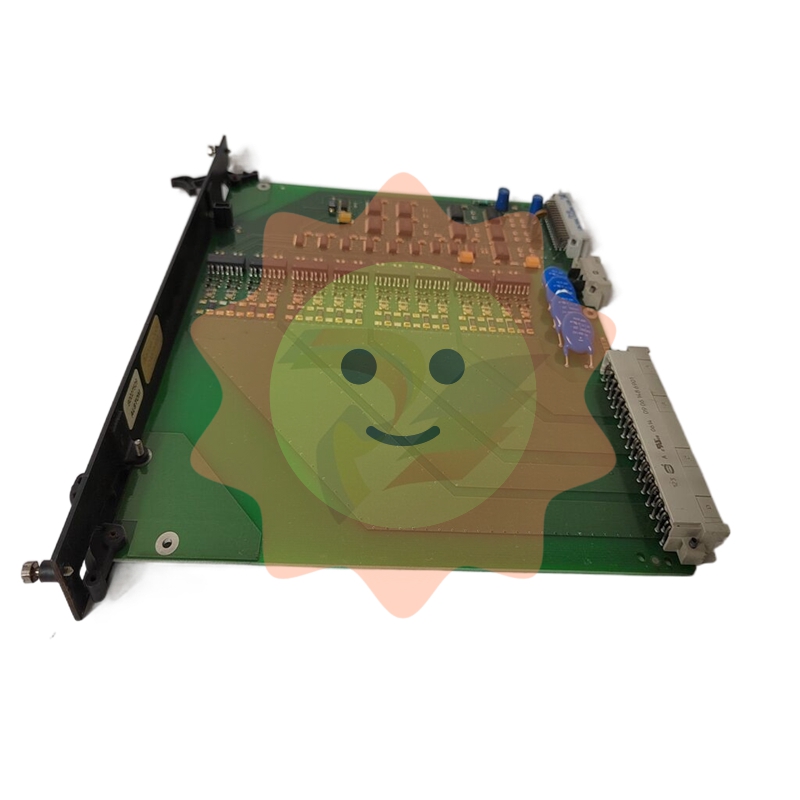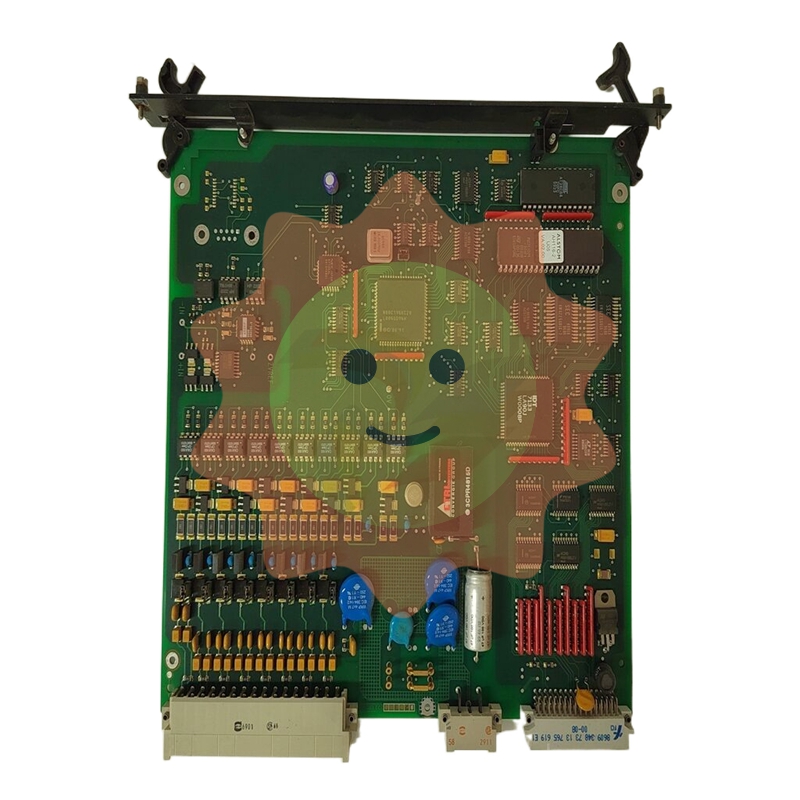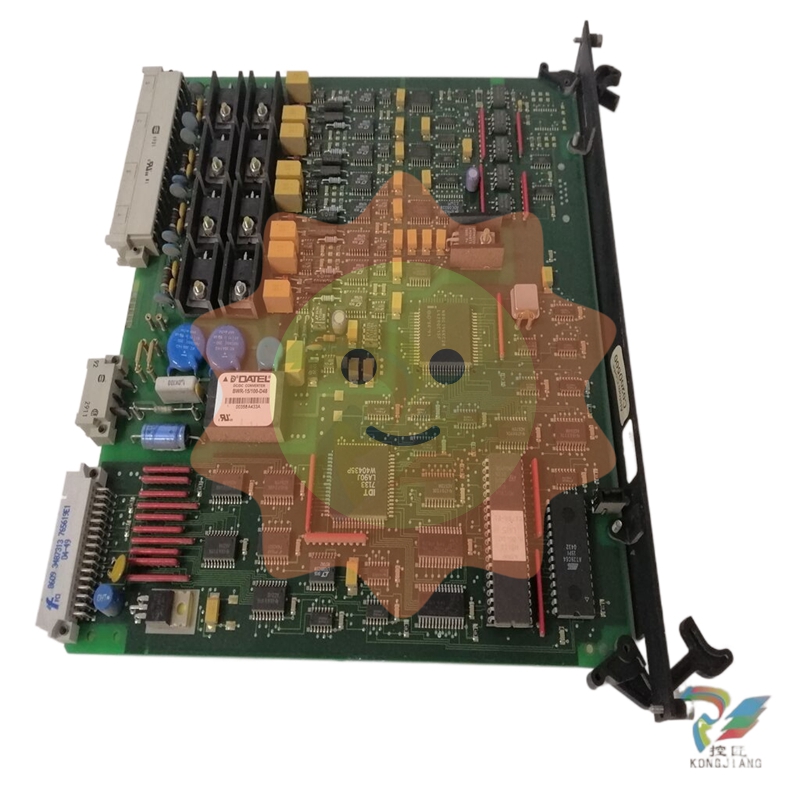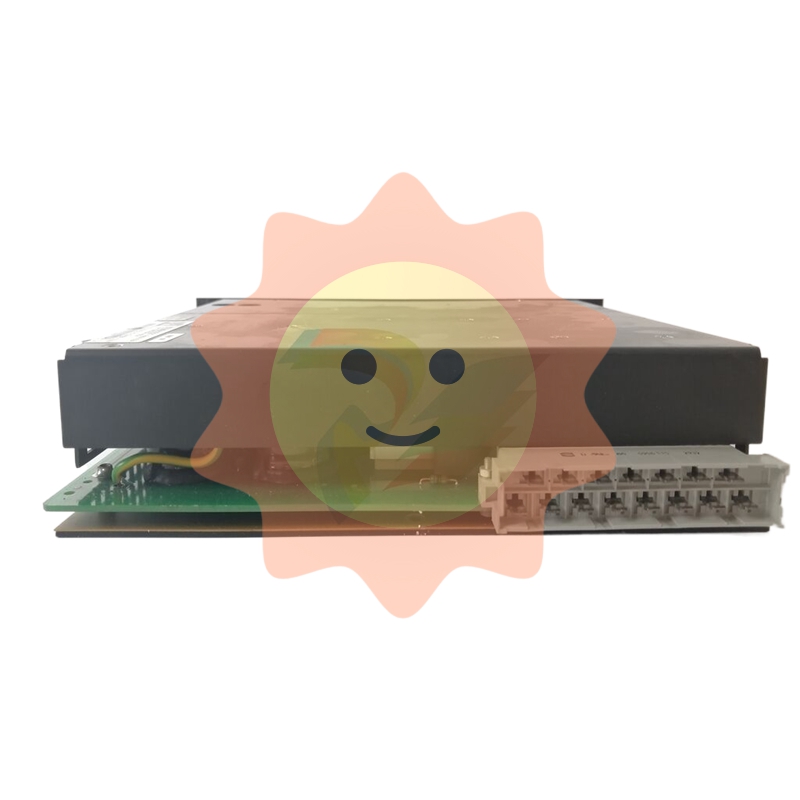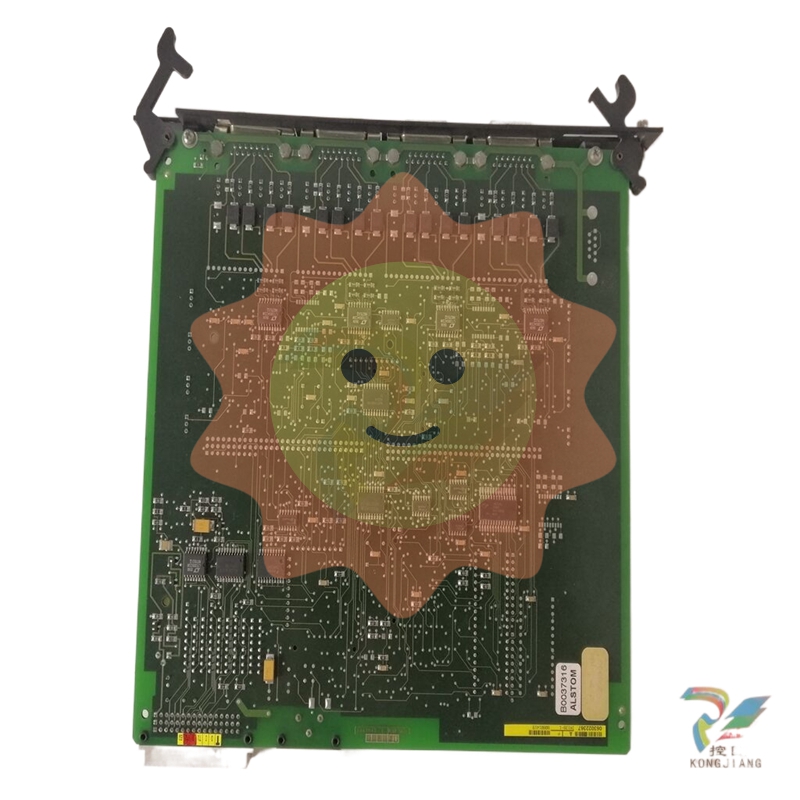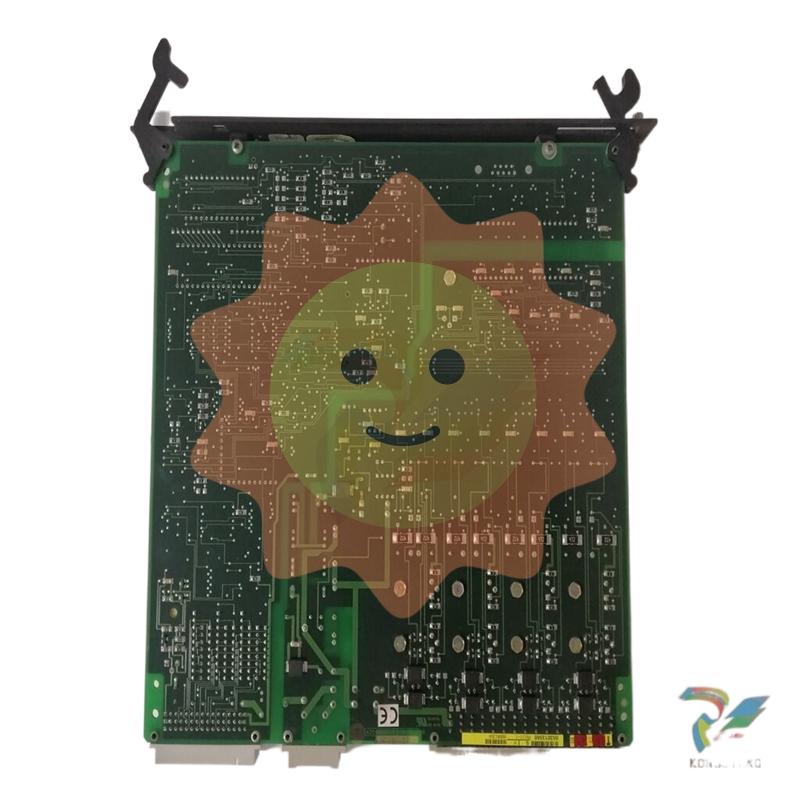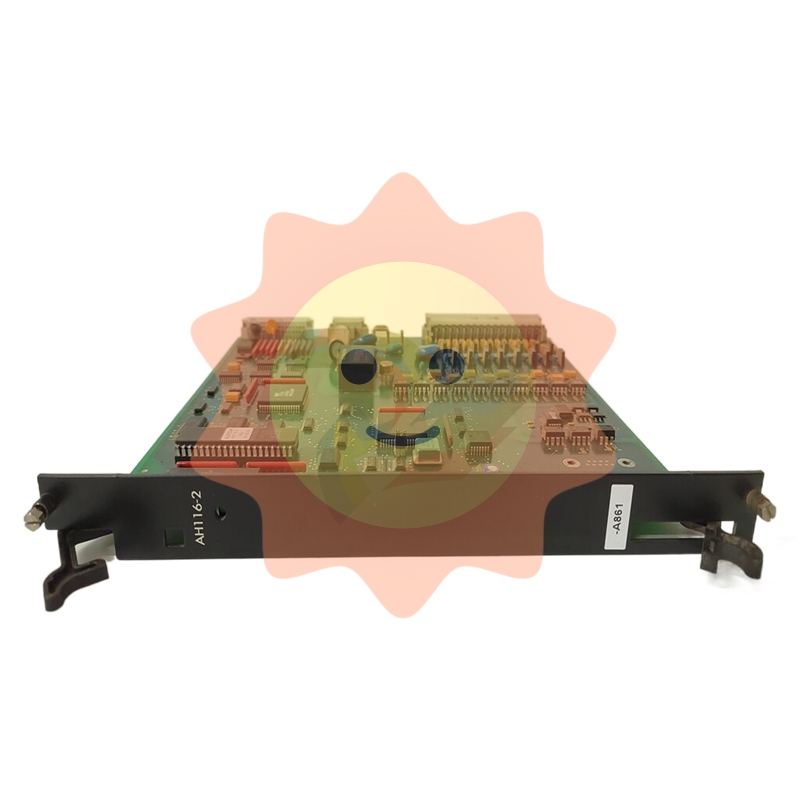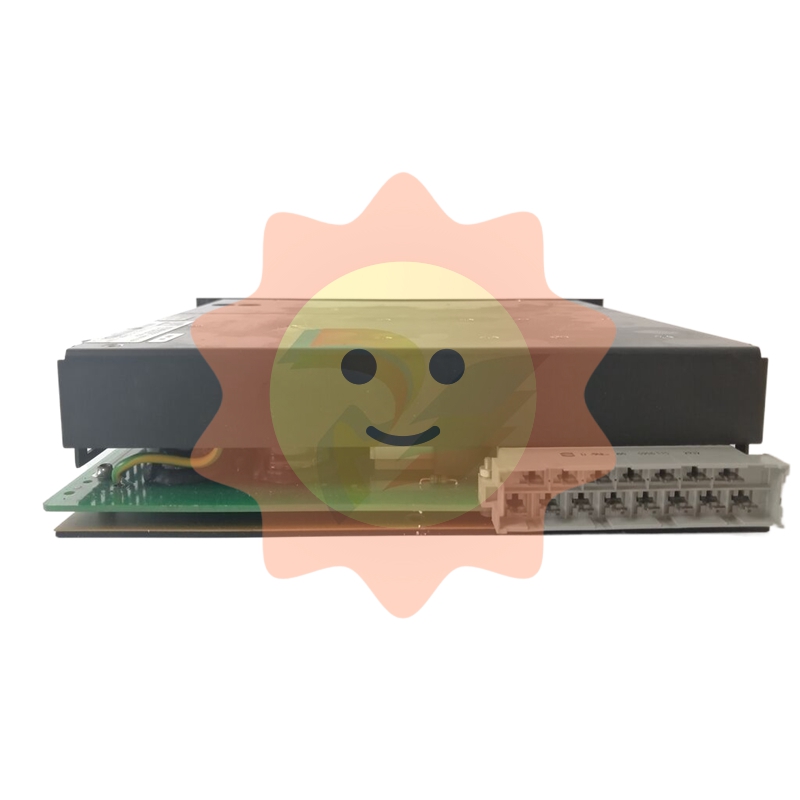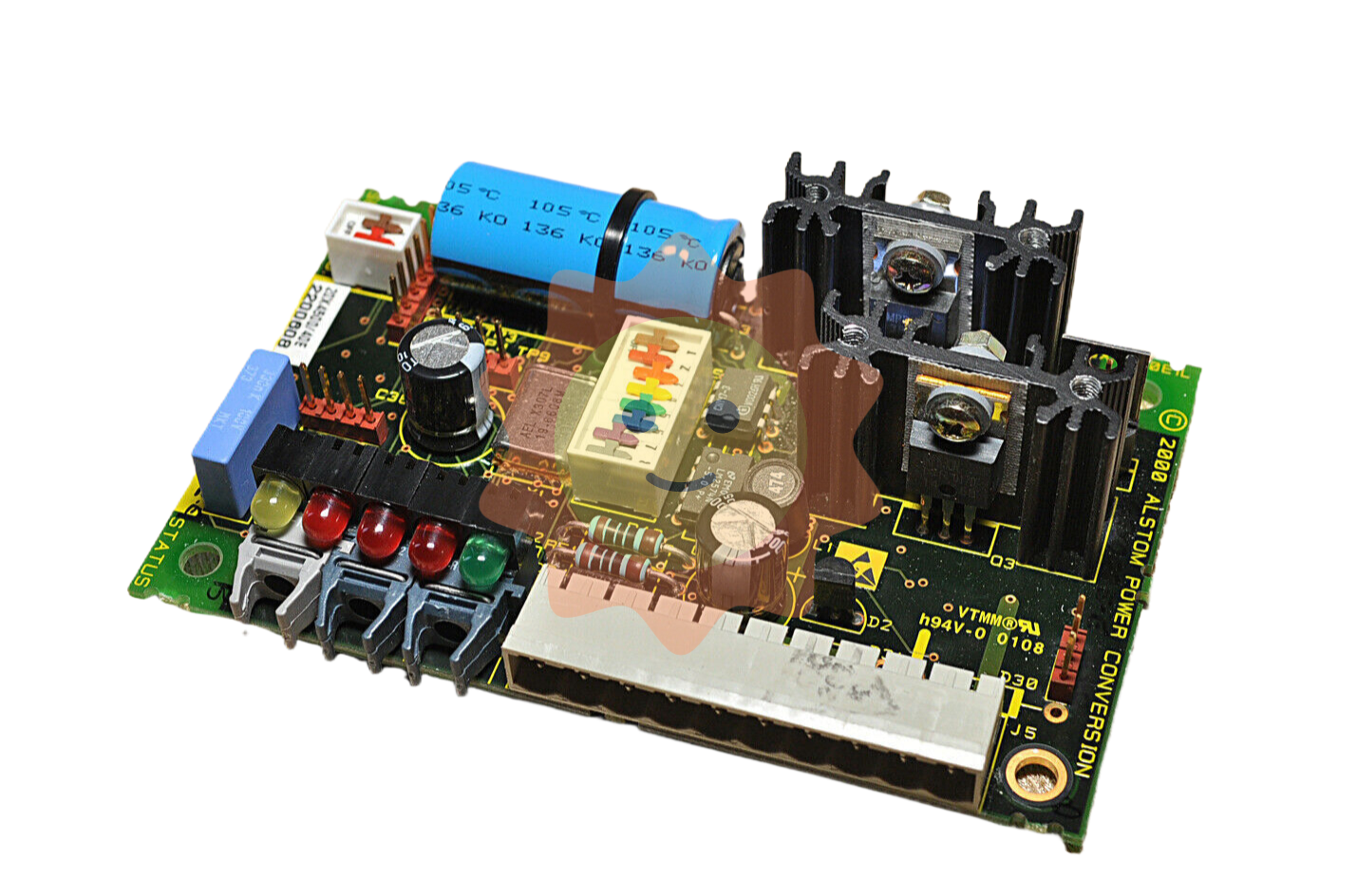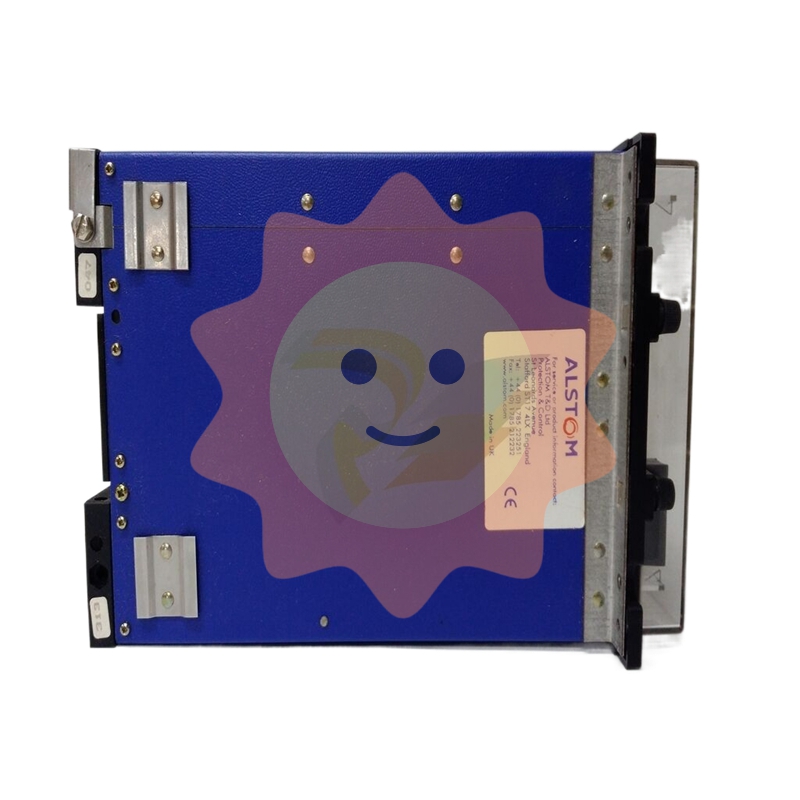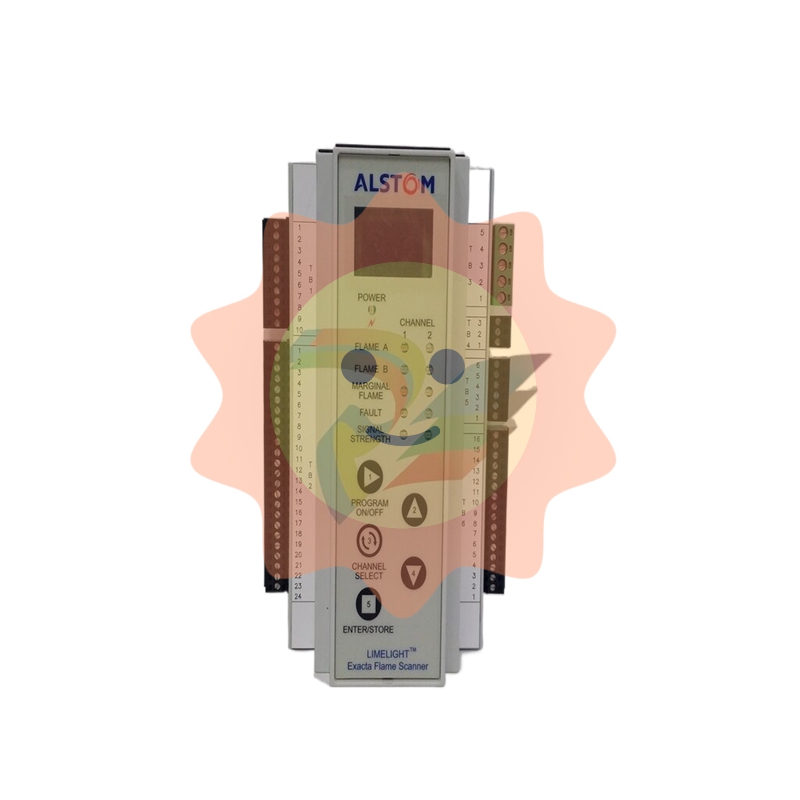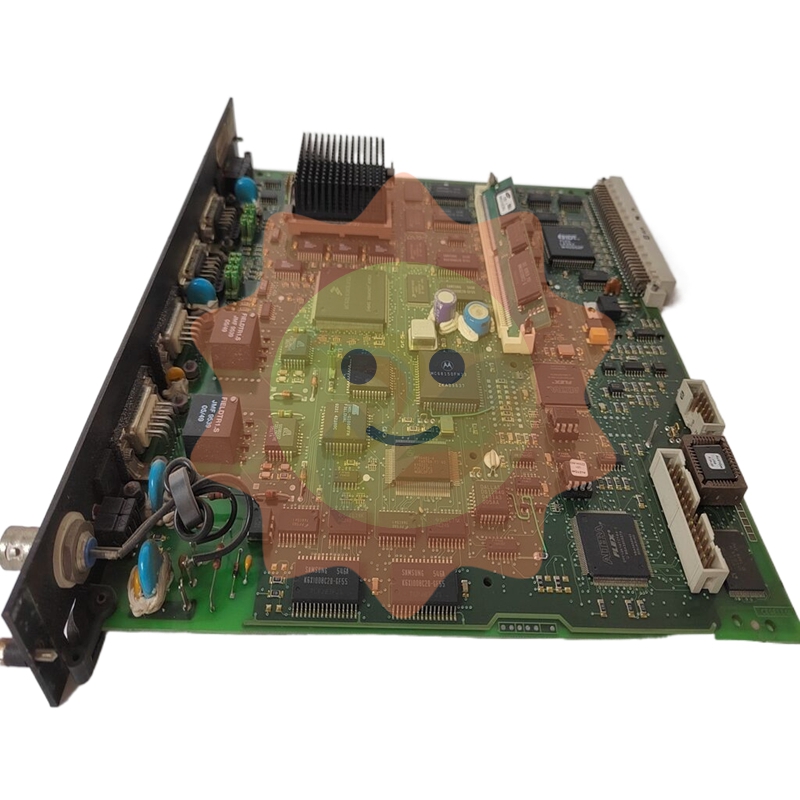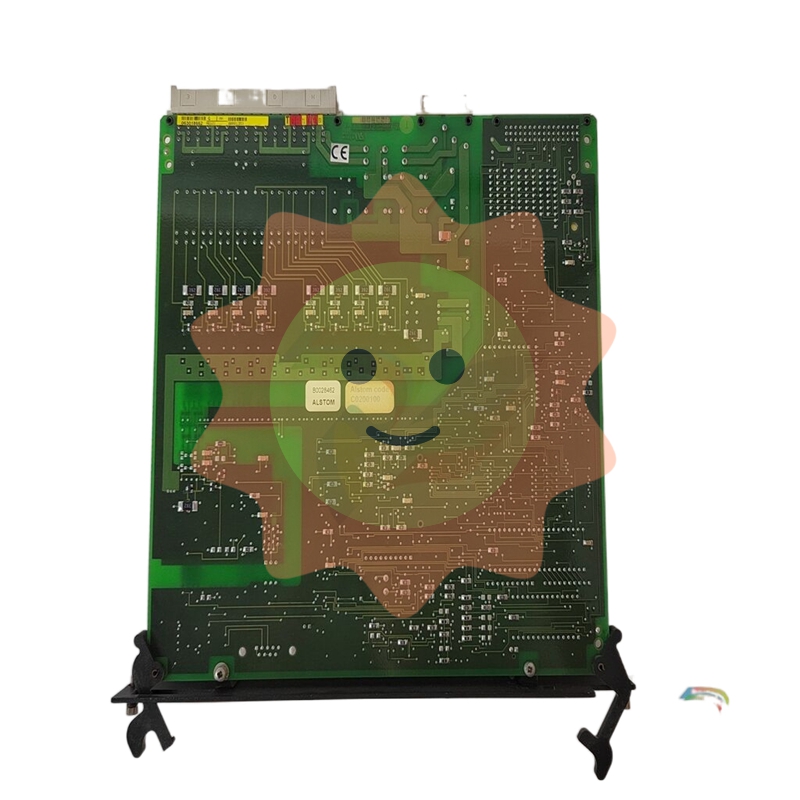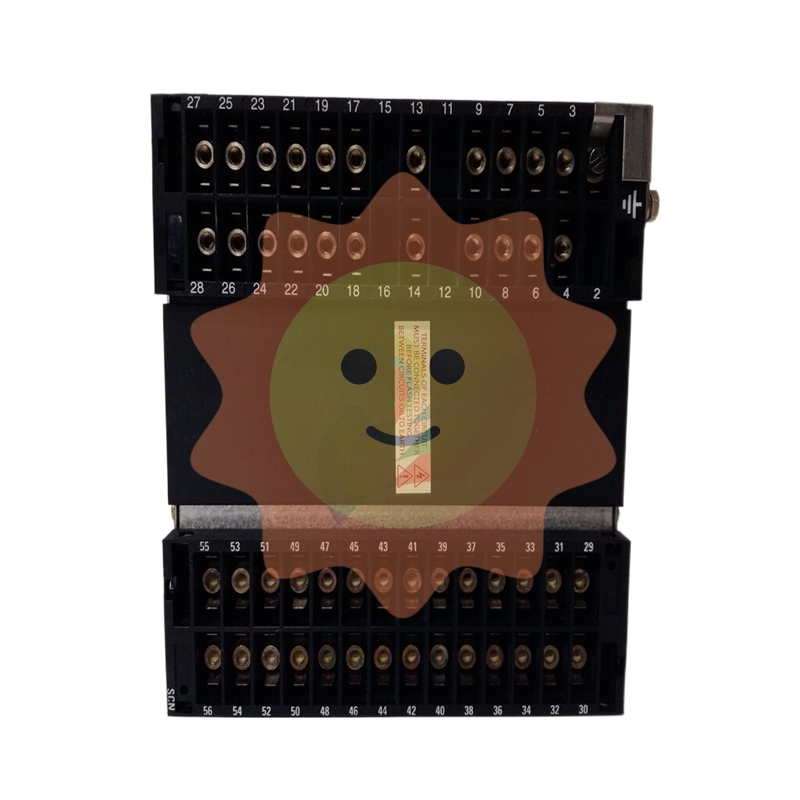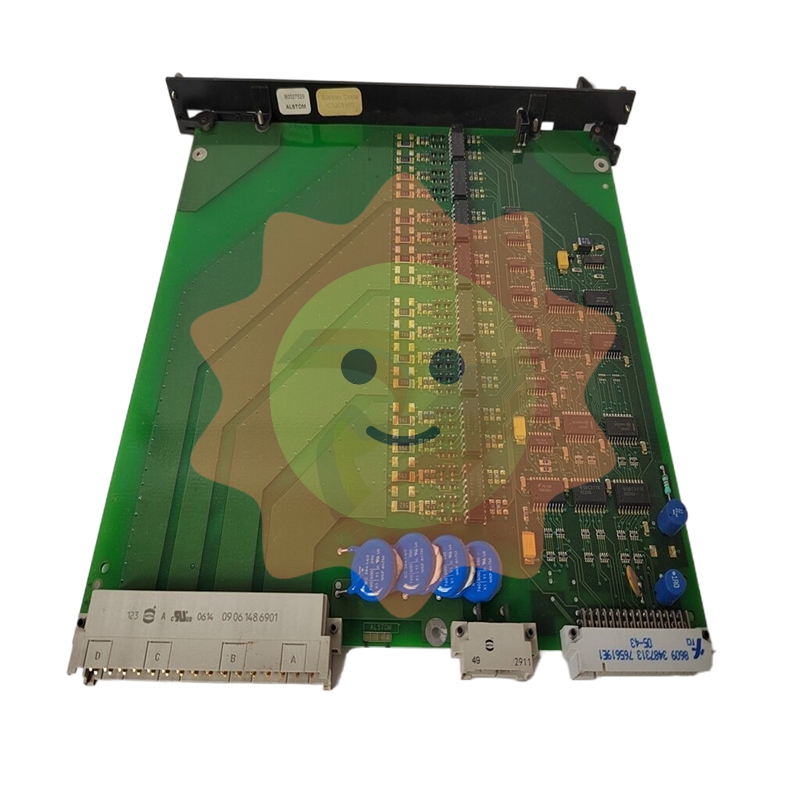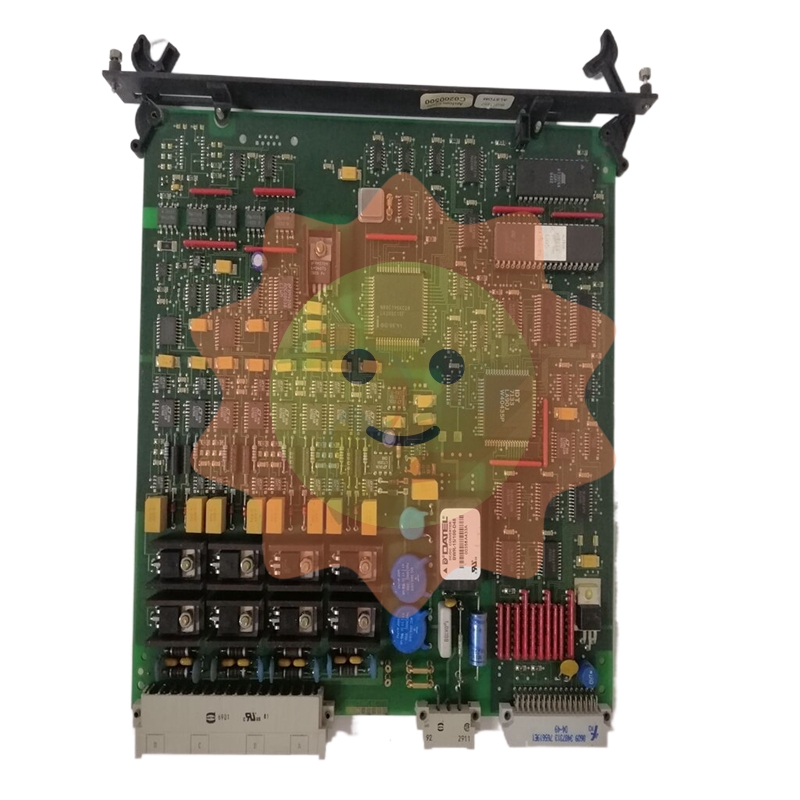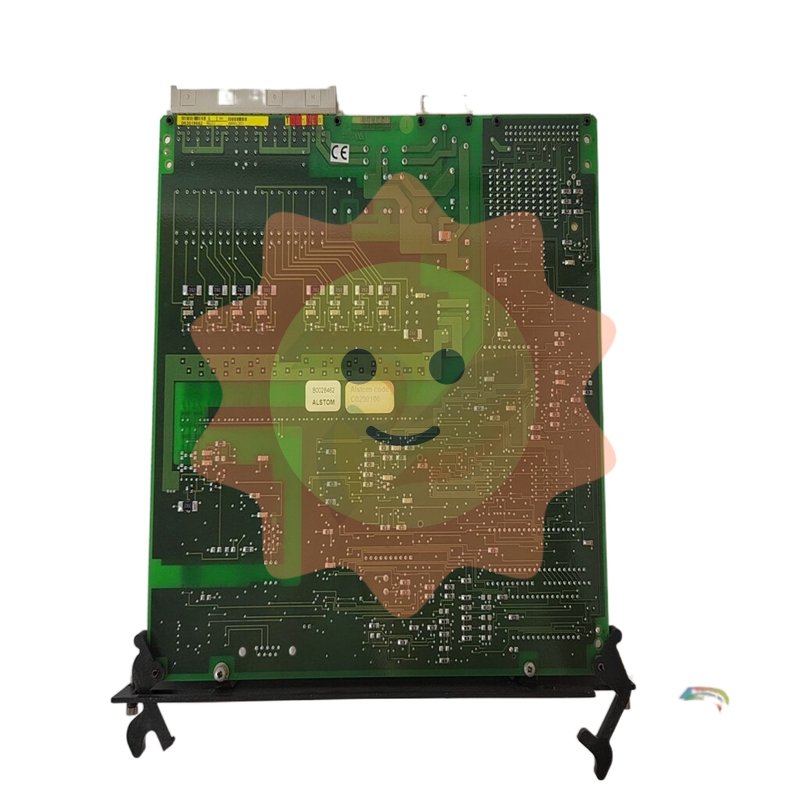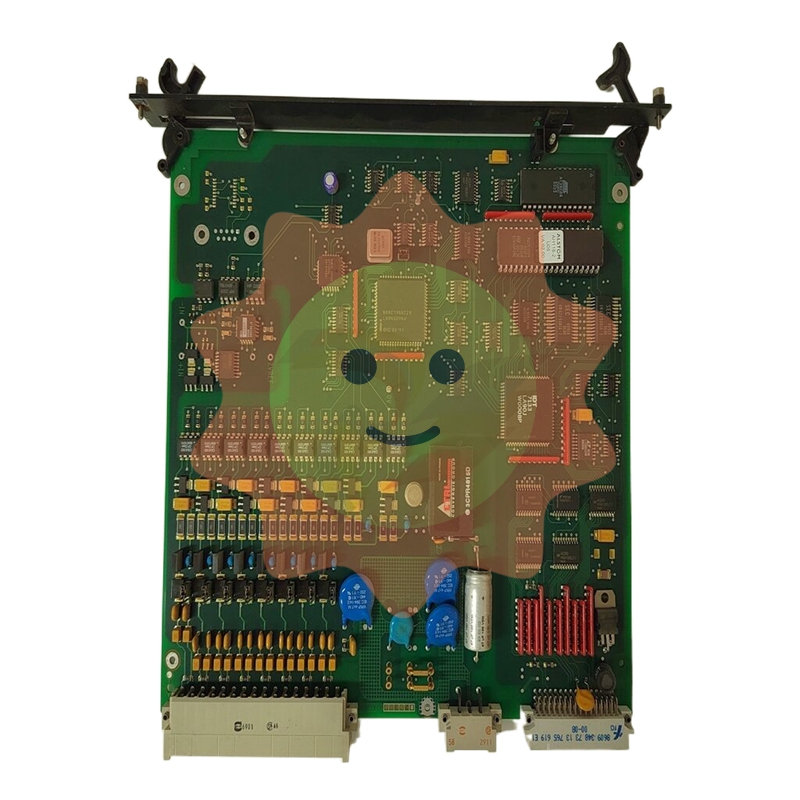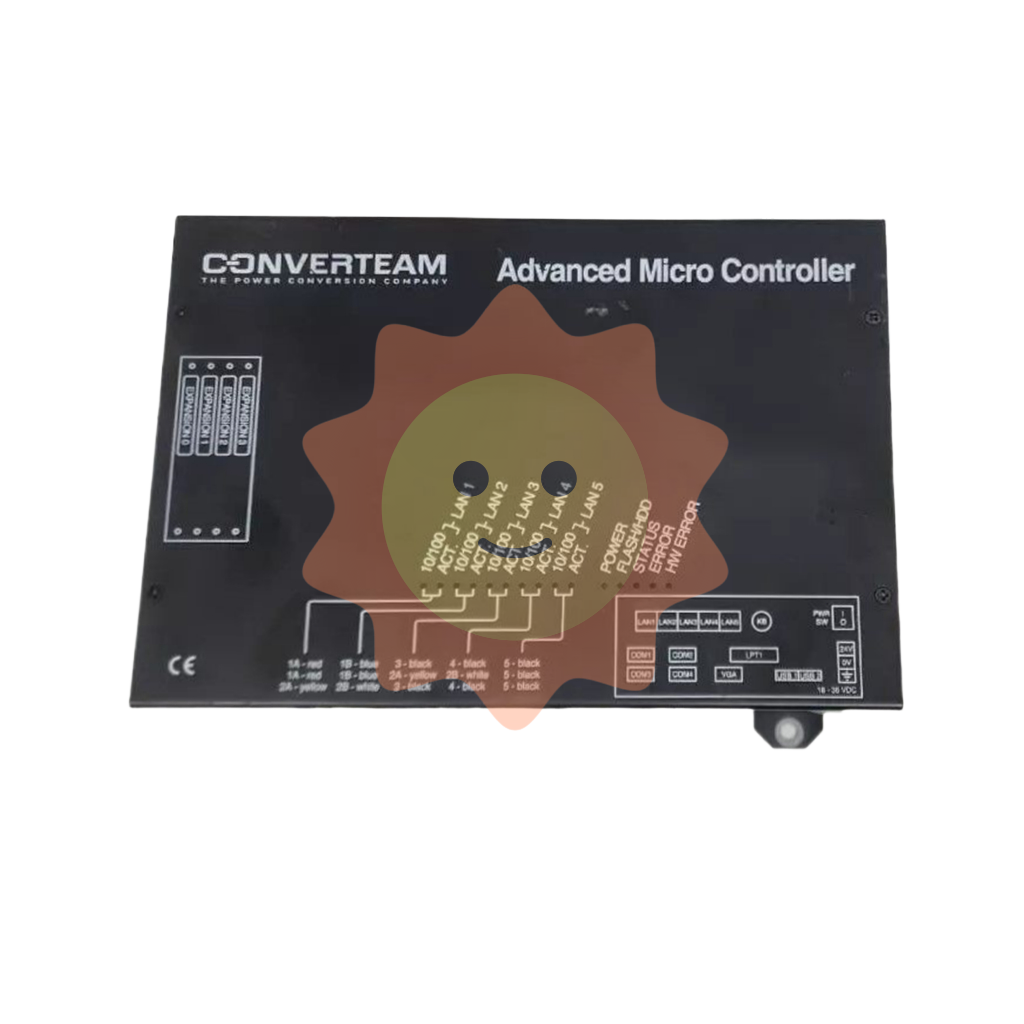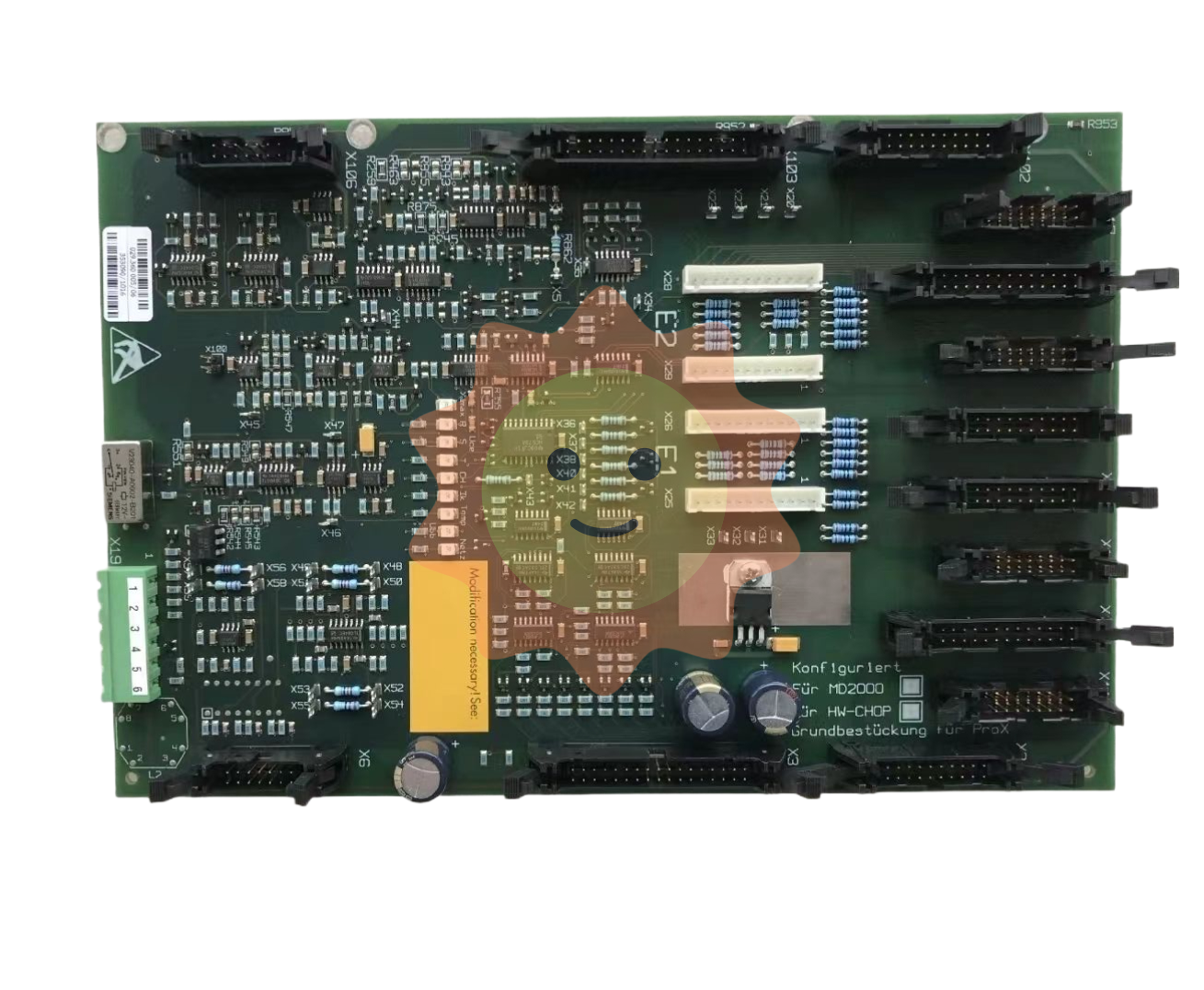WOODWARD TM Actuators (Linear)
WOODWARD TM Actuators (Linear)
Product Overview
WOODWARD TM linear actuator is a key component for achieving precise linear motion control in the field of industrial control. It is mainly used to convert electrical signals into precise linear mechanical displacement outputs to drive the actuators of various industrial equipment. It is widely used in the control system of power equipment such as steam turbines and engines. By accurately adjusting the flow of steam, fuel and other media, it achieves precise control of equipment speed, power and other parameters, ensuring stable and efficient operation of equipment under different working conditions.
Product model and features
TM-25LP and TM-200LP: belong to electro-hydraulic proportional actuators, suitable for controlling steam or fuel control valves that require low/high linear driving force. TM-25LP has a working capacity of 72J (53 ft lb) and a maximum bidirectional output force of 2833N (637 lb) when the input oil pressure is 2586 kPa (375 PSI); The TM-200LP has a working capacity of 231 J (170 ft lb) and a maximum bidirectional output force of 9074 N (2040 lb) when the input oil pressure is 8274 kPa (1200 PSI). The actuator housing is made of aluminum, and the internal components are made of hardened stainless steel, with a corrosion-resistant structure. The output shaft is made of hardened 17-4 stainless steel, with different thread specifications and options. The rod end has a pin hole for fixing the connecting rod mechanism.
TM 55 and TM 55P: TM 55 is an integral actuator used to control diesel and gas engines or steam and industrial gas turbines, and can be used in conjunction with Woodward liquid and gas fuel valves through an adapter. TM 55P is an electro-hydraulic proportional actuator suitable for control systems that require output of rotating machinery proportional to electrical input. It is equipped with an electrical position sensor and can achieve closed-loop control of the actuator output shaft.
Key advantages
High precision control: Excellent displacement control accuracy that can meet the stringent requirements for equipment position adjustment in industrial production processes. In the control of steam turbine steam valves, precise adjustment of valve opening is used to achieve precise control of steam flow, thereby ensuring stable turbine speed, improving power generation efficiency and electrical energy quality.
High reliability: The sturdy and durable mechanical structure, high-quality material selection, and advanced manufacturing processes make the actuator highly reliable. In harsh industrial environments such as petrochemicals, steel metallurgy, etc., it can operate stably for a long time, reduce equipment downtime, and improve the overall reliability and availability of the production system.
Quick response: The extremely short response time ensures that the equipment can respond to changes in operating conditions in a timely manner, improving the dynamic performance of the system. When the device needs to quickly adjust its operating status, such as in the case of sudden load changes, the actuator can quickly act, adjust control parameters in a timely manner, and ensure the stability and safety of the device's operation.
Easy to integrate: Multiple control signal compatibility and standardized installation interface design make it easy to integrate with various industrial control systems and equipment. Whether it's building a new industrial automation project or upgrading existing equipment, WOODWARD TM linear actuators can quickly integrate into the system, reducing the difficulty and cost of system integration.
Long service life: Through optimized design and strict quality control, the key components of the actuator have a longer service life. Under normal use and maintenance conditions, it can operate for more than [X] hours, reducing equipment replacement frequency and overall operating costs.
Precautions
Installation and debugging: During the installation process, it is necessary to strictly follow the requirements of the product installation manual to ensure that the actuator is installed in the correct position and firmly fixed. After installation, conduct comprehensive debugging work to check whether the control signal connection is correct and whether the parameter settings meet the actual application requirements, in order to avoid improper installation and debugging that may cause the actuator to malfunction or pose safety hazards.
Work environment: Although the actuator has good environmental adaptability, it is still necessary to avoid using it in extreme environments beyond its design specifications. If the ambient temperature should be controlled between [specific temperature range] ℃, avoid operating at too high or too low temperatures to avoid affecting the performance and service life of the actuator. At the same time, it is necessary to ensure the cleanliness of the working environment and avoid excessive dust, oil stains, and other impurities from entering the interior of the actuator, which may affect its normal operation.
Maintenance: Regular maintenance of the actuator is key to ensuring its long-term stable operation. Regularly check the appearance of the actuator for damage, whether the connection parts are loose, and whether the hydraulic or lubricating oil needs to be replaced. Clean, lubricate, and calibrate key components according to the prescribed maintenance cycle, promptly identify and address potential issues, and ensure that the actuator is always in good working condition.
- EMERSON
- Honeywell
- CTI
- Rolls-Royce
- General Electric
- Woodward
- Yaskawa
- xYCOM
- Motorola
- Siemens
- Rockwell
- ABB
- B&R
- HIMA
- Construction site
- electricity
- Automobile market
- PLC
- DCS
- Motor drivers
- VSD
- Implications
- cement
- CO2
- CEM
- methane
- Artificial intelligence
- Titanic
- Solar energy
- Hydrogen fuel cell
- Hydrogen and fuel cells
- Hydrogen and oxygen fuel cells
- tyre
- Chemical fiber
- dynamo
- corpuscle
- Pulp and paper
- printing
- fossil
- FANUC
- Food and beverage
- Life science
- Sewage treatment
- Personal care
- electricity
- boats
- infrastructure
- Automobile industry
- metallurgy
- Nuclear power generation
- Geothermal power generation
- Water and wastewater
- Infrastructure construction
- Mine hazard
- steel
- papermaking
- Natural gas industry
- Infrastructure construction
- Power and energy
- Rubber and plastic
- Renewable energy
- pharmacy
- mining
- Plastic industry
- Schneider
- Kongsberg
- NI
- Wind energy
- International petroleum
- International new energy network
- gas
- WATLOW
- ProSoft
- SEW
- wind
- ADVANCED
- Reliance
- YOKOGAWA
- TRICONEX
- FOXBORO
- METSO
- MAN
- Advantest
- ADVANCED
- ALSTOM
- Control Wave
- AB
- AMAT
- STUDER
- KONGSBERG
- MOTOROLA
- DANAHER MOTION
- Bentley
- Galil
- EATON
- MOLEX
- Triconex
- DEIF
- B&W
- ZYGO
- Aerotech


email:1583694102@qq.com
wang@kongjiangauto.com


